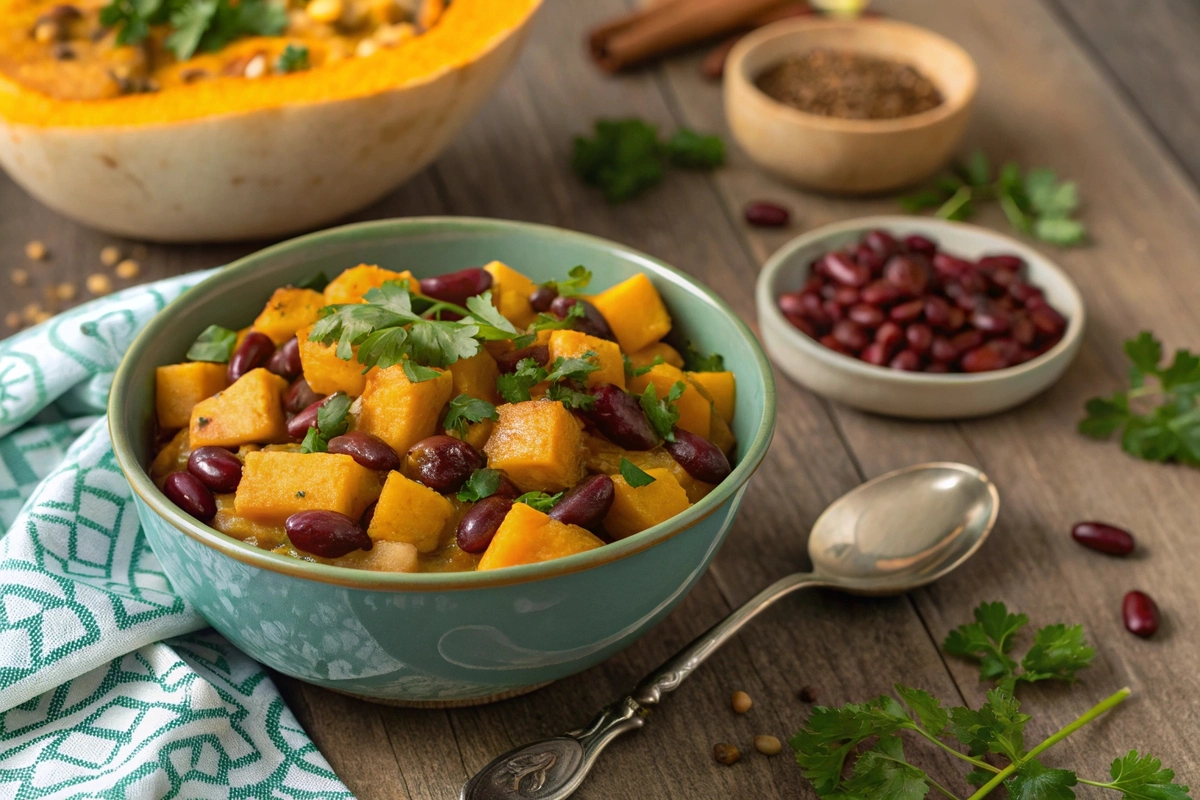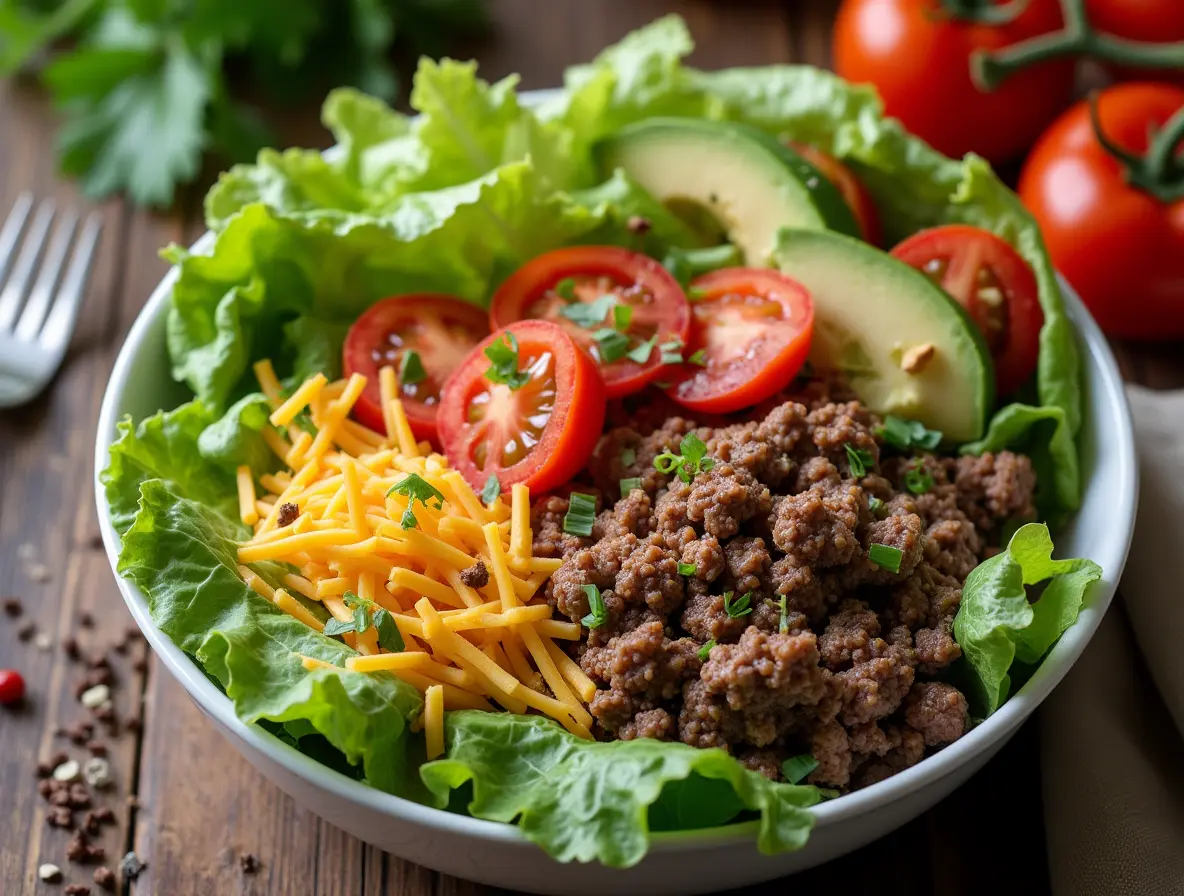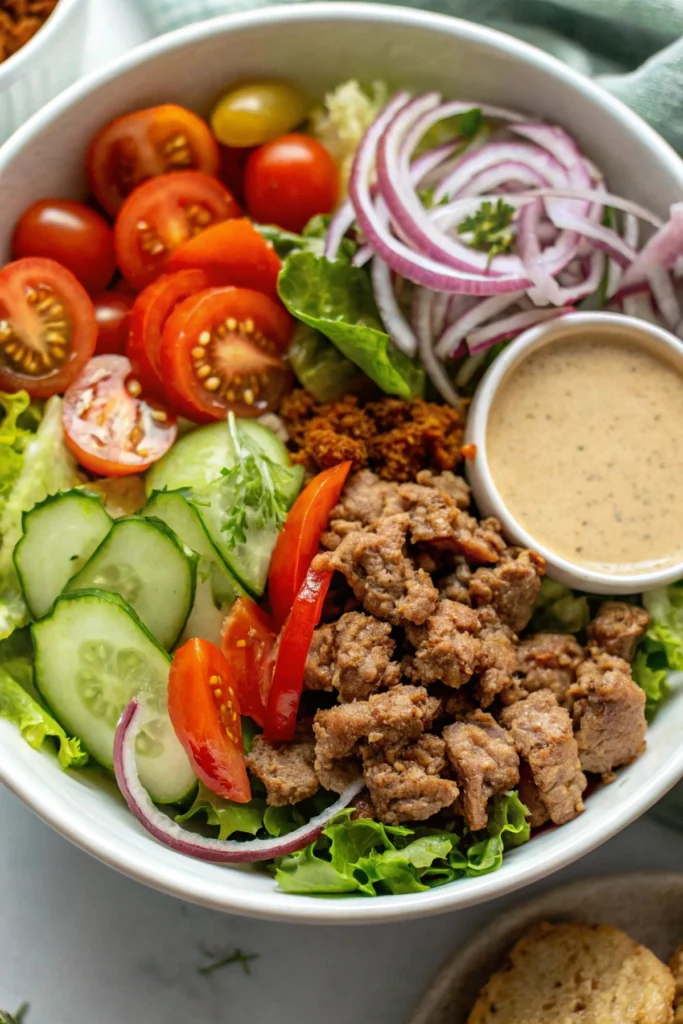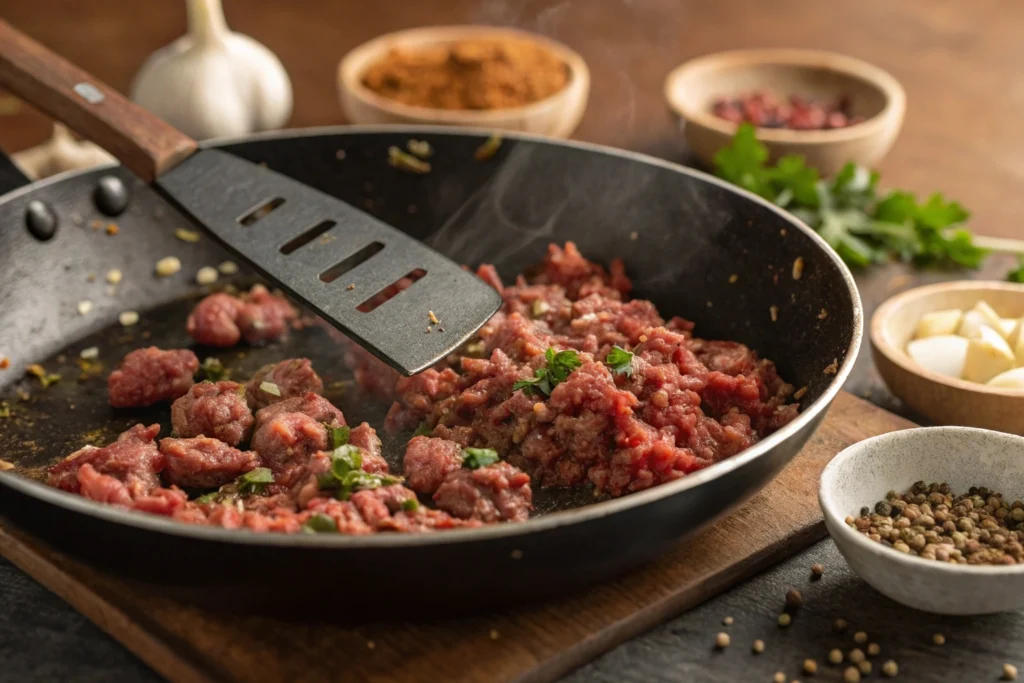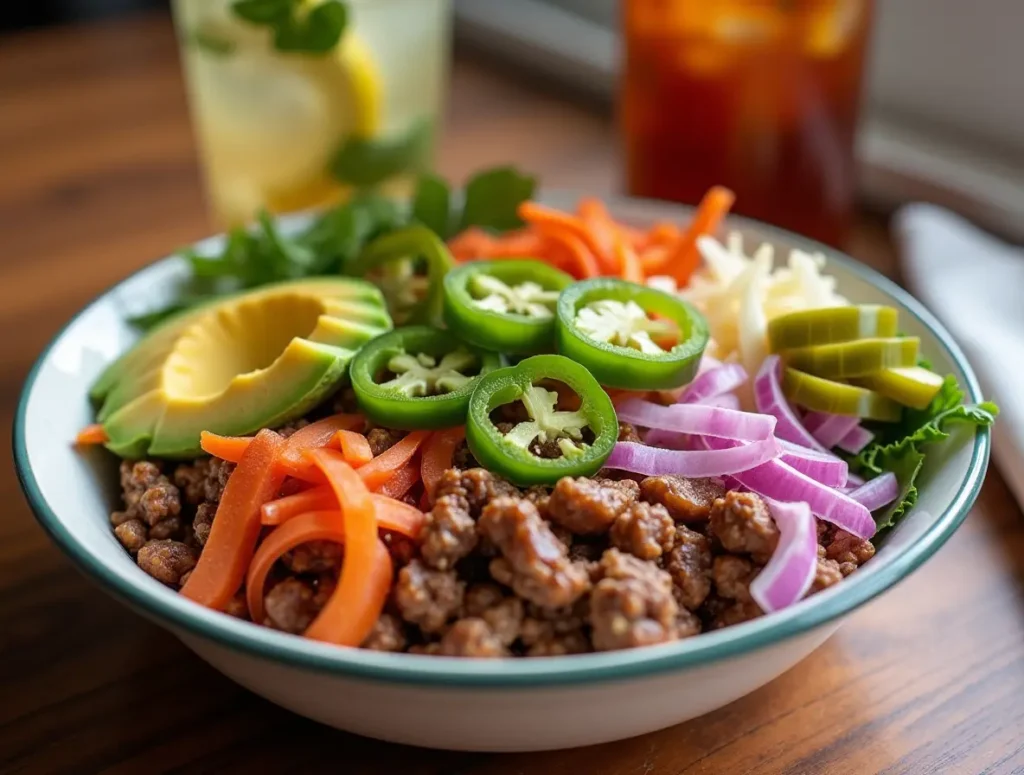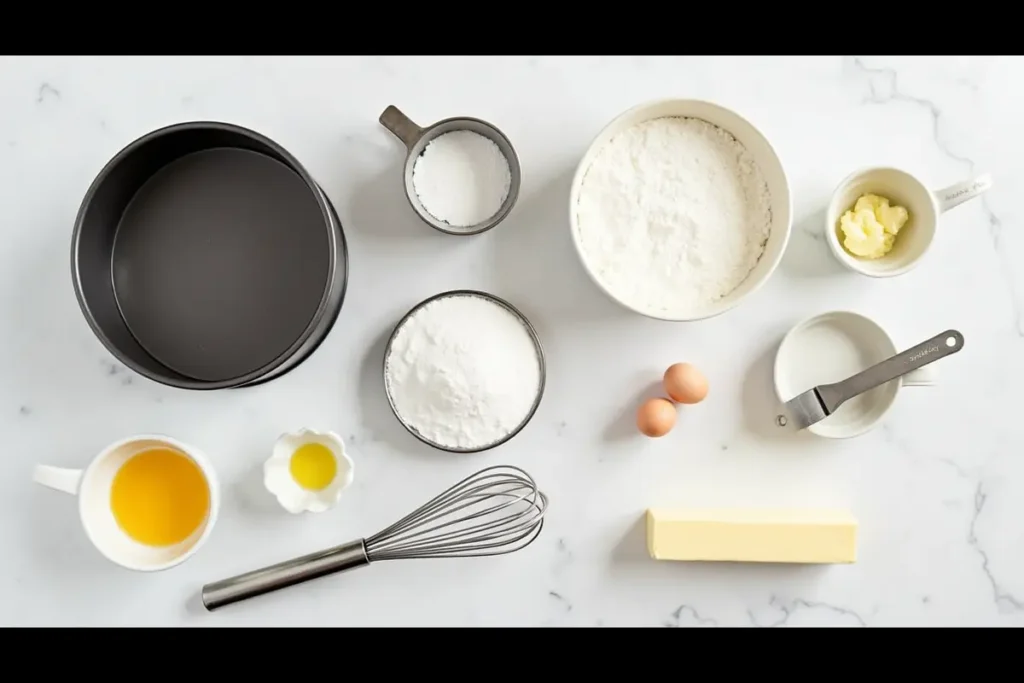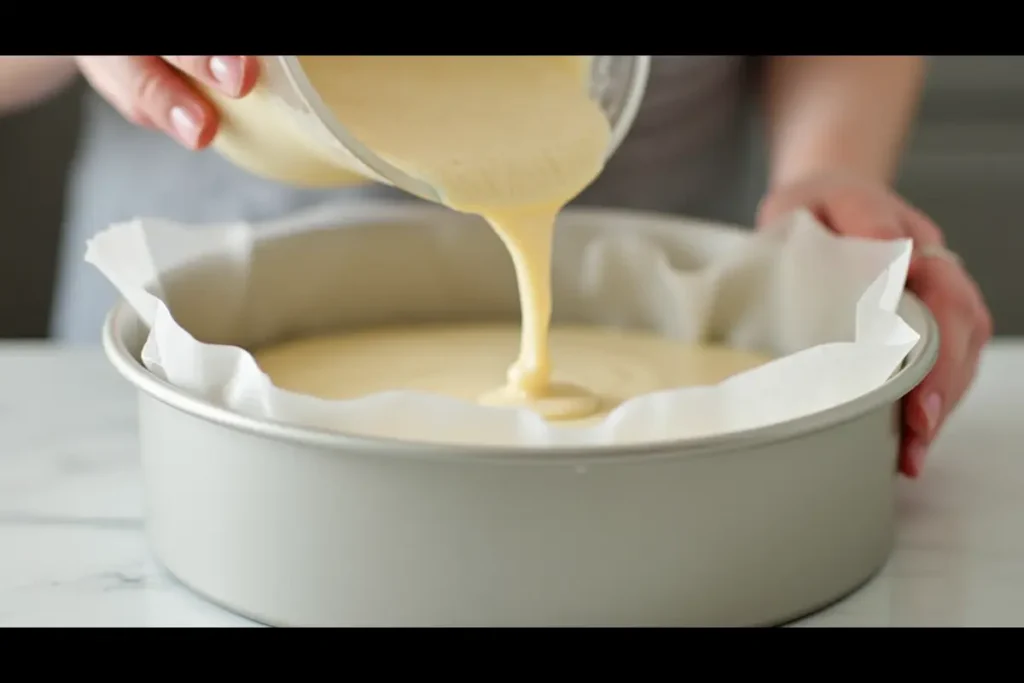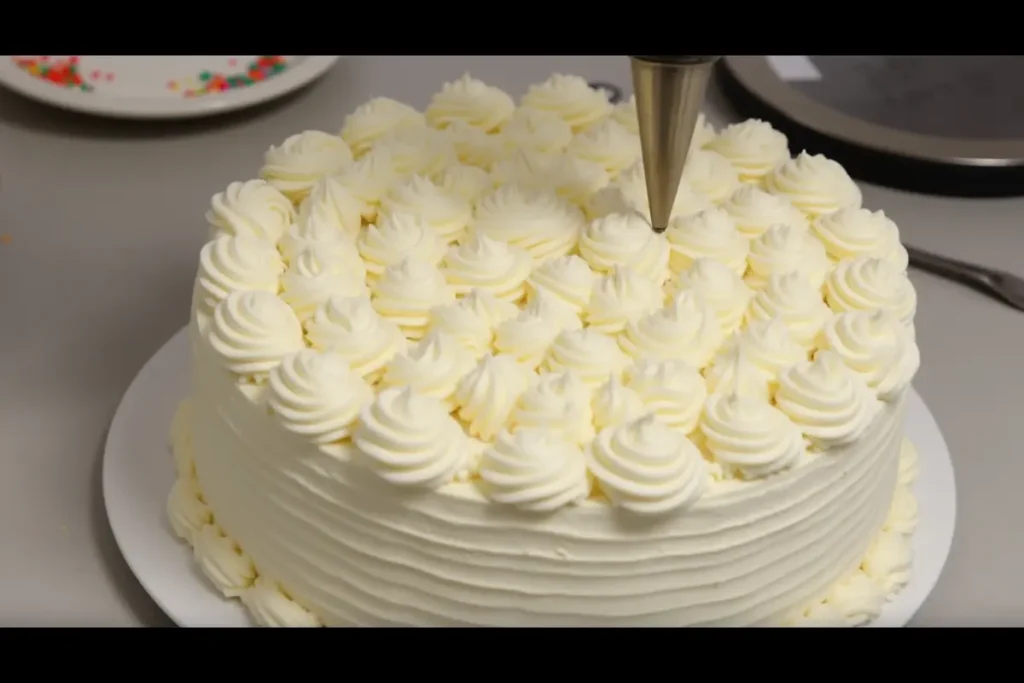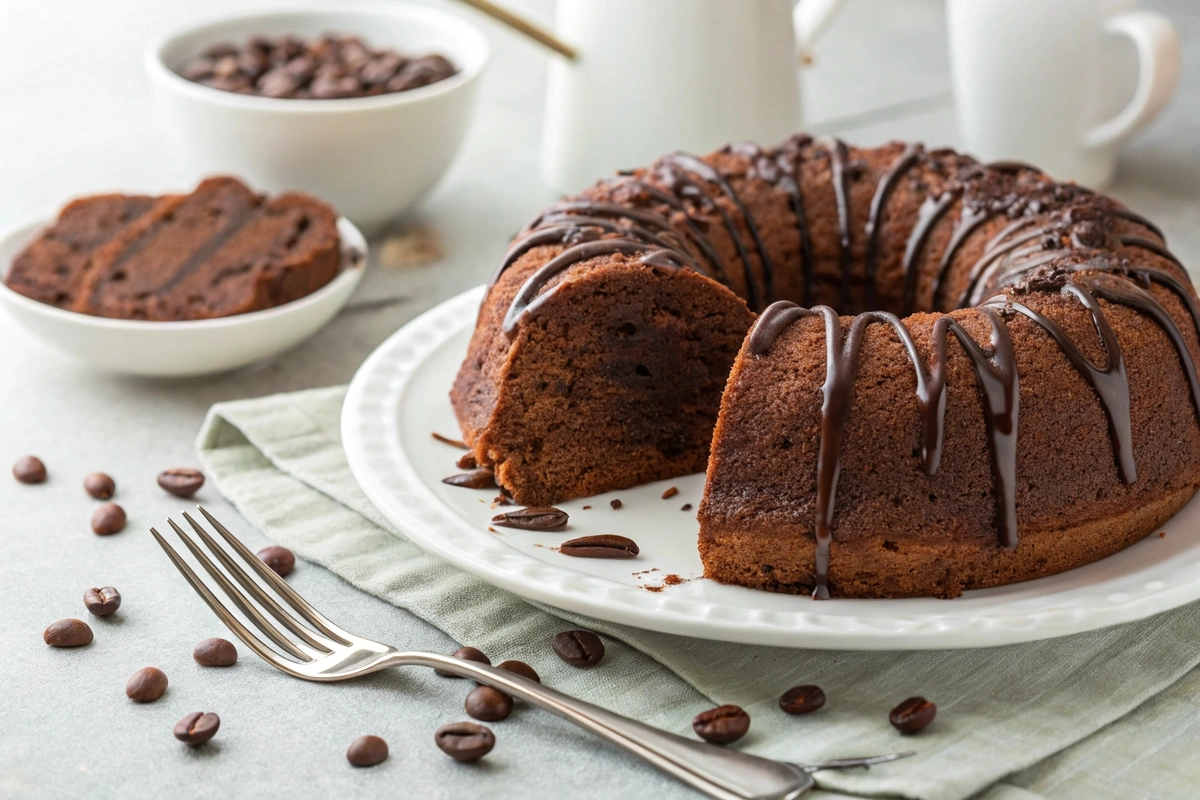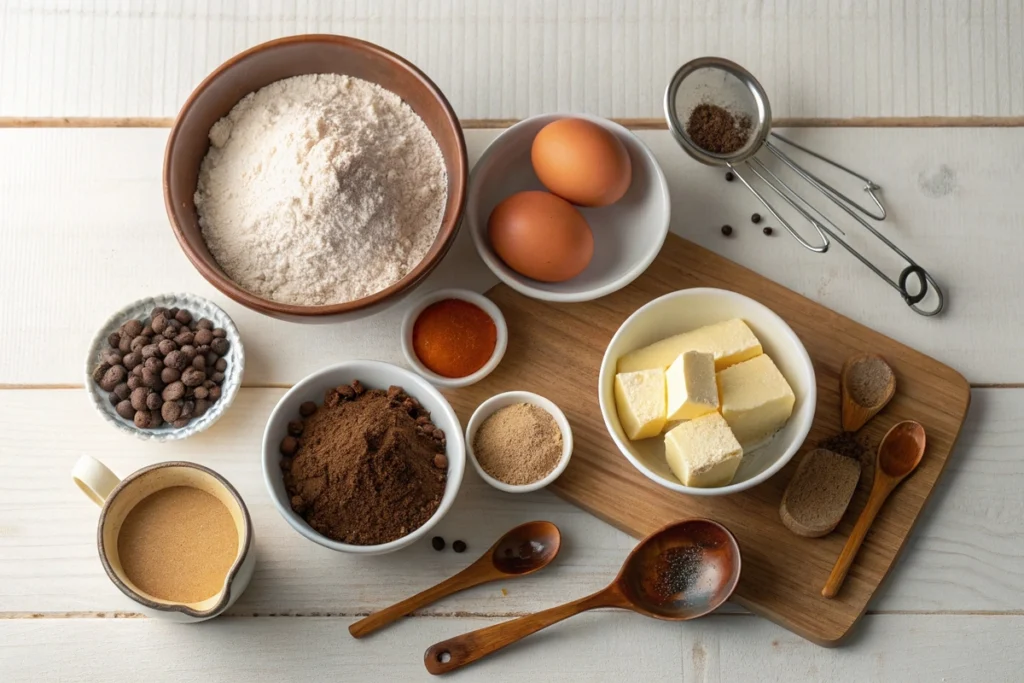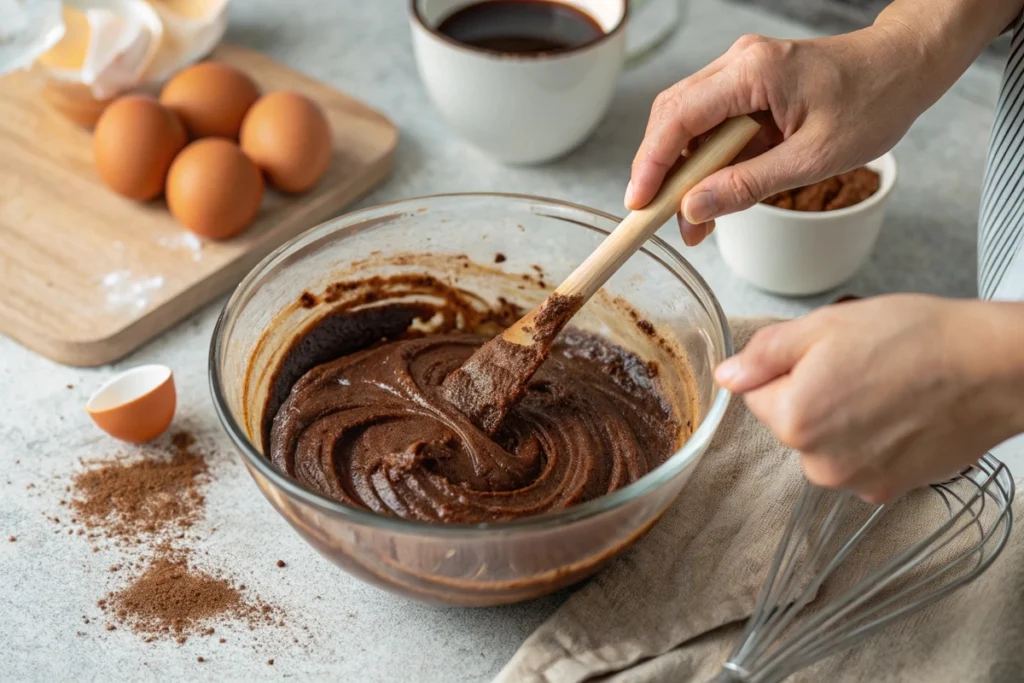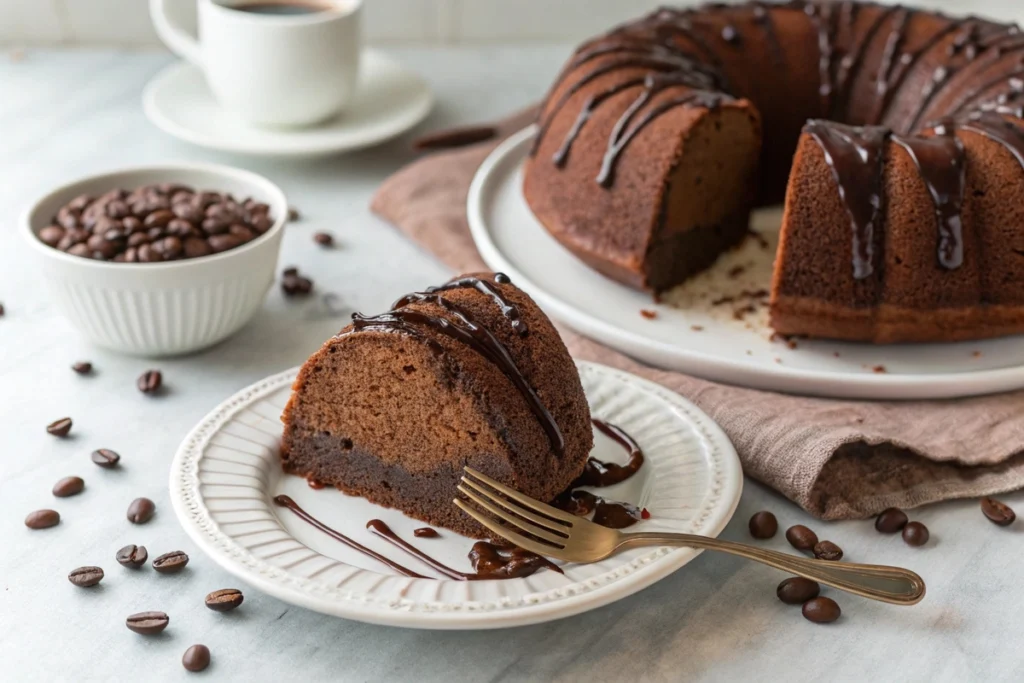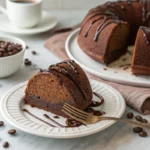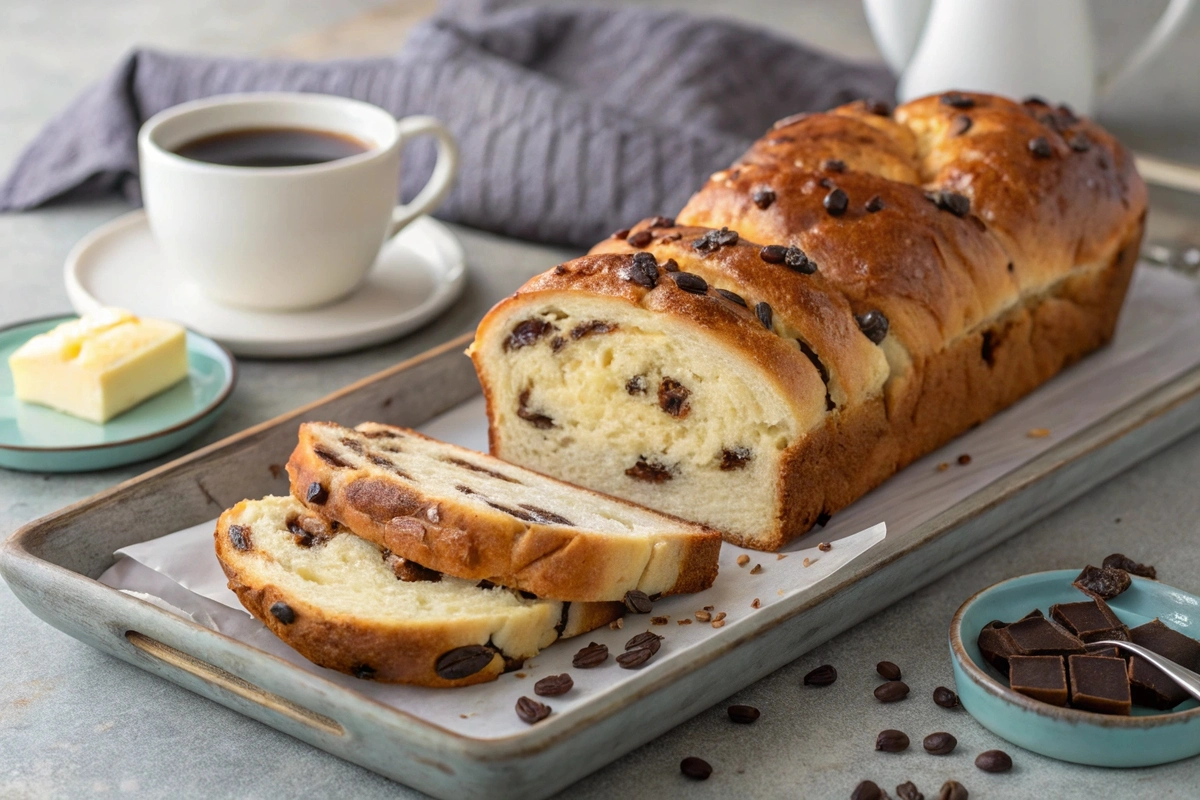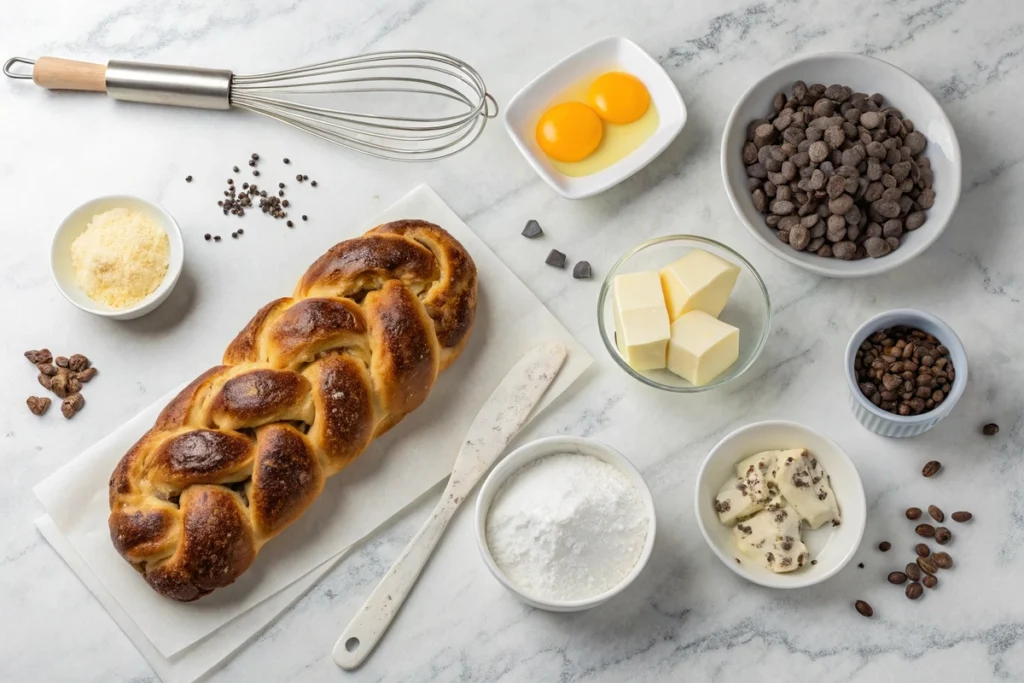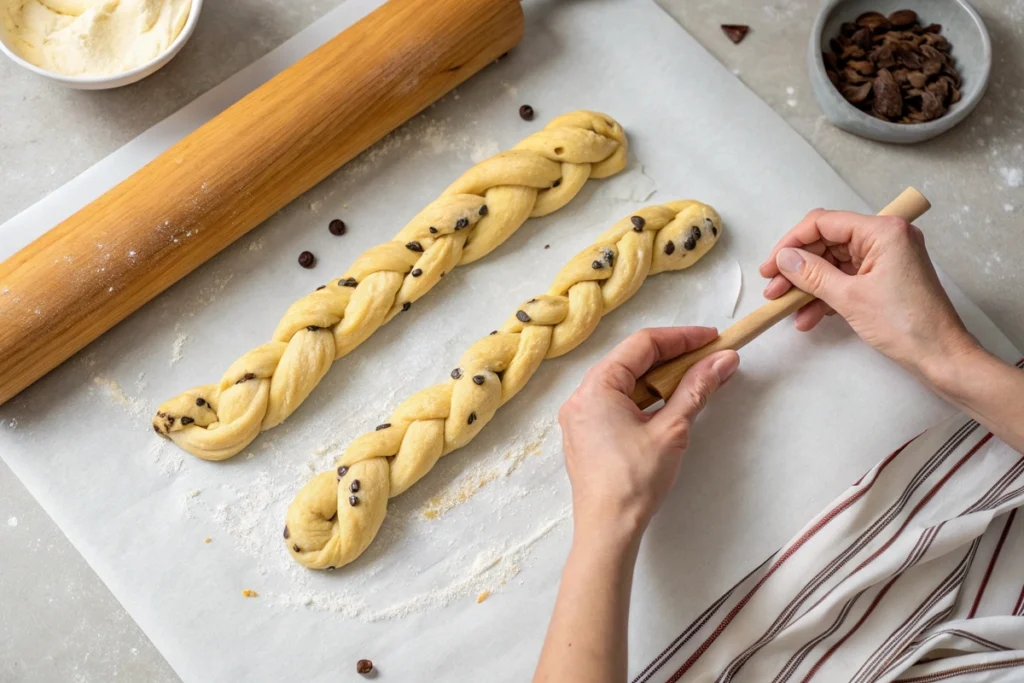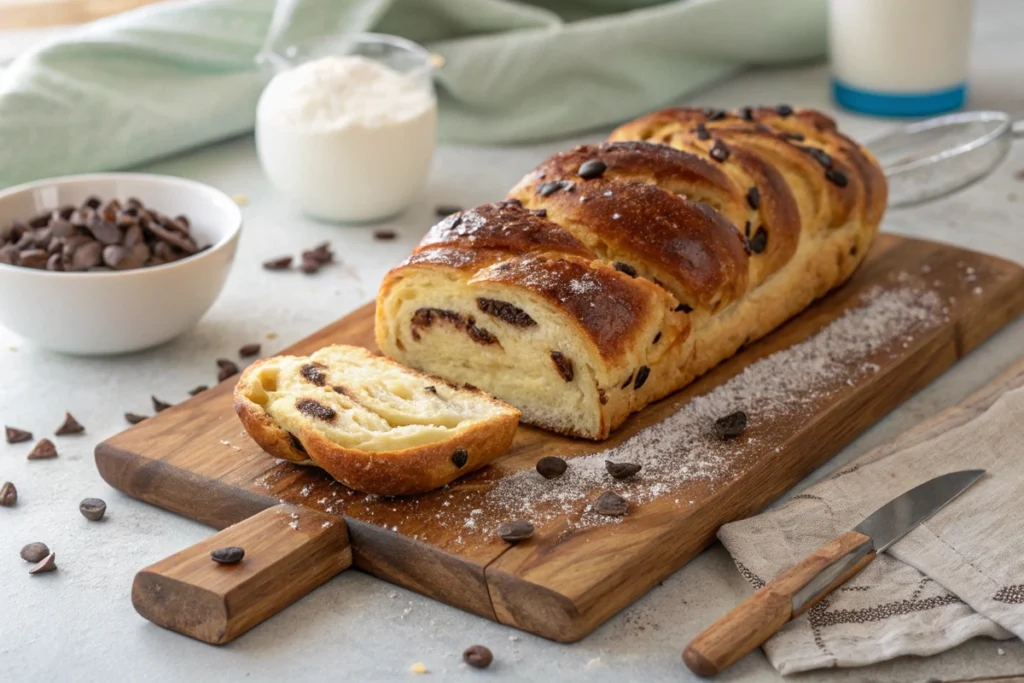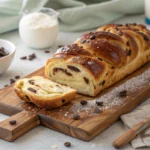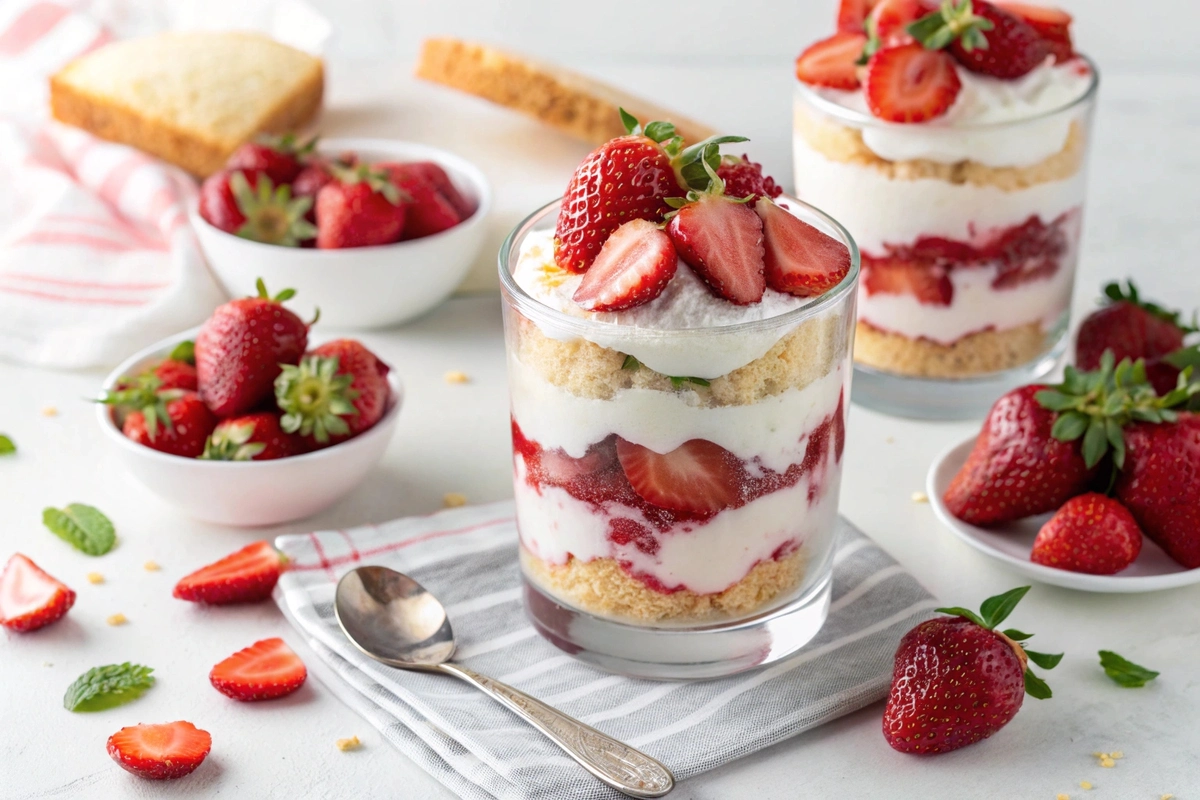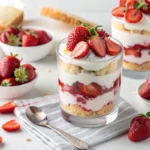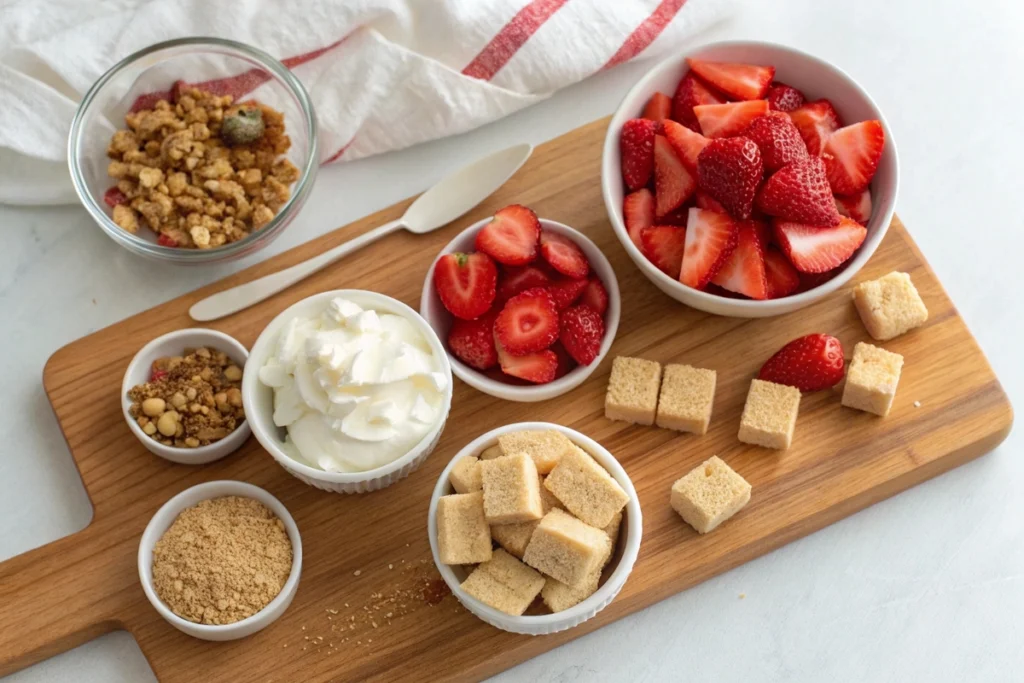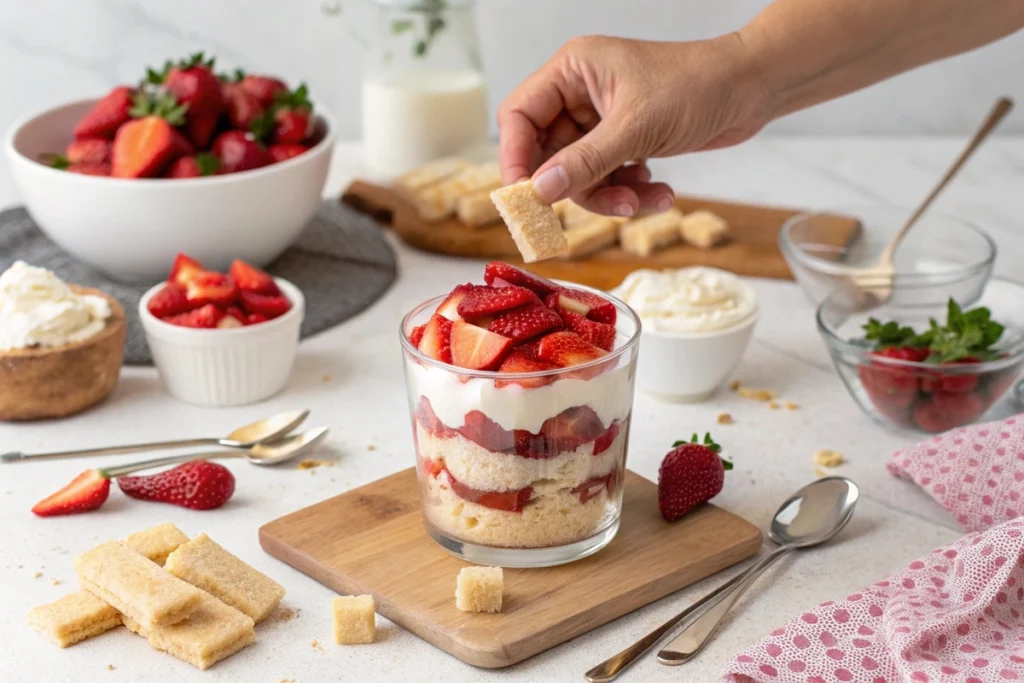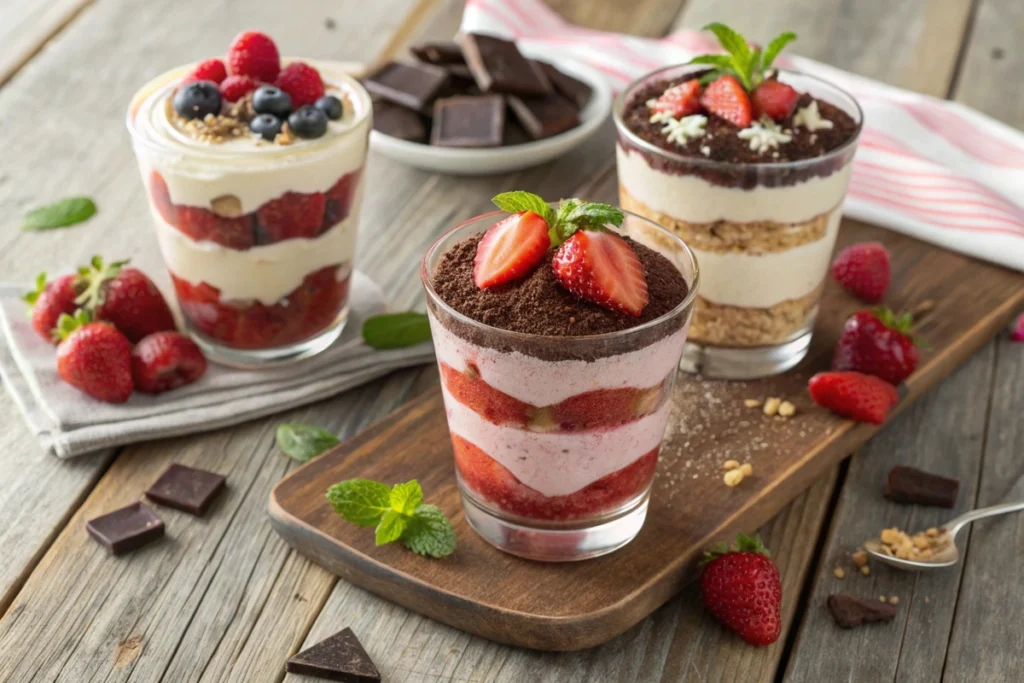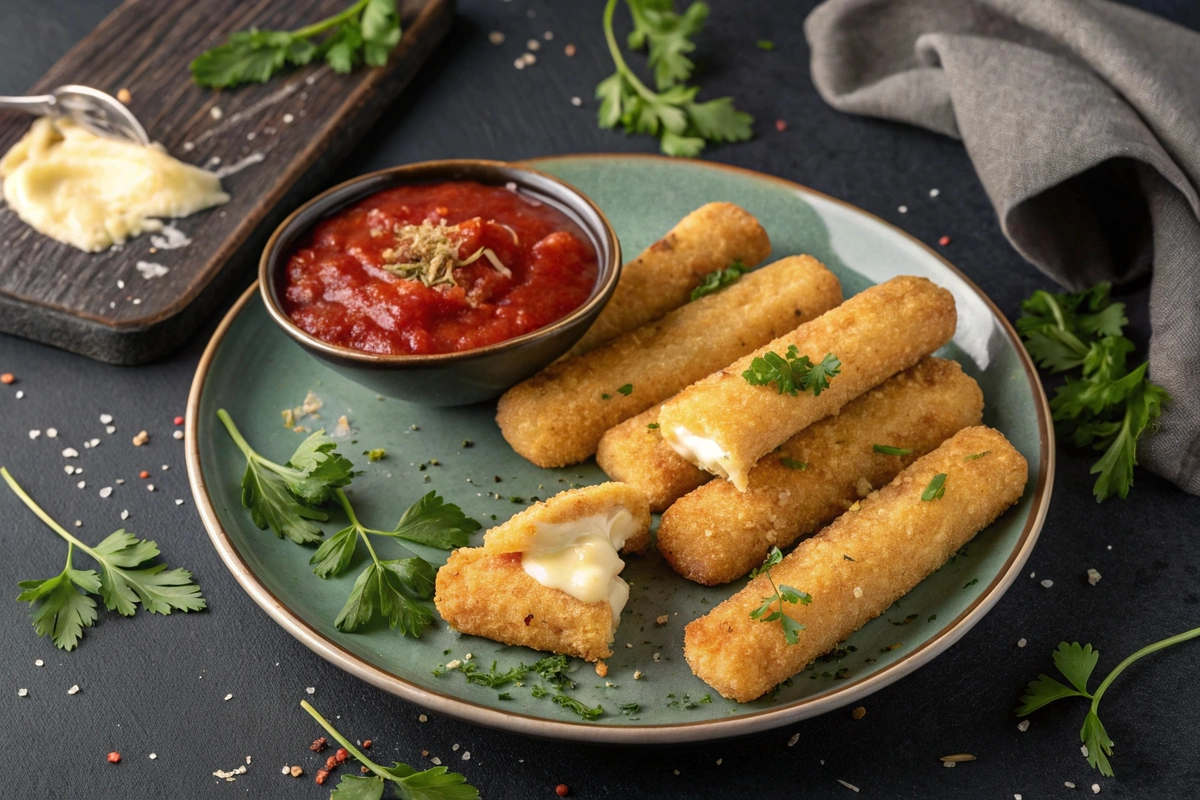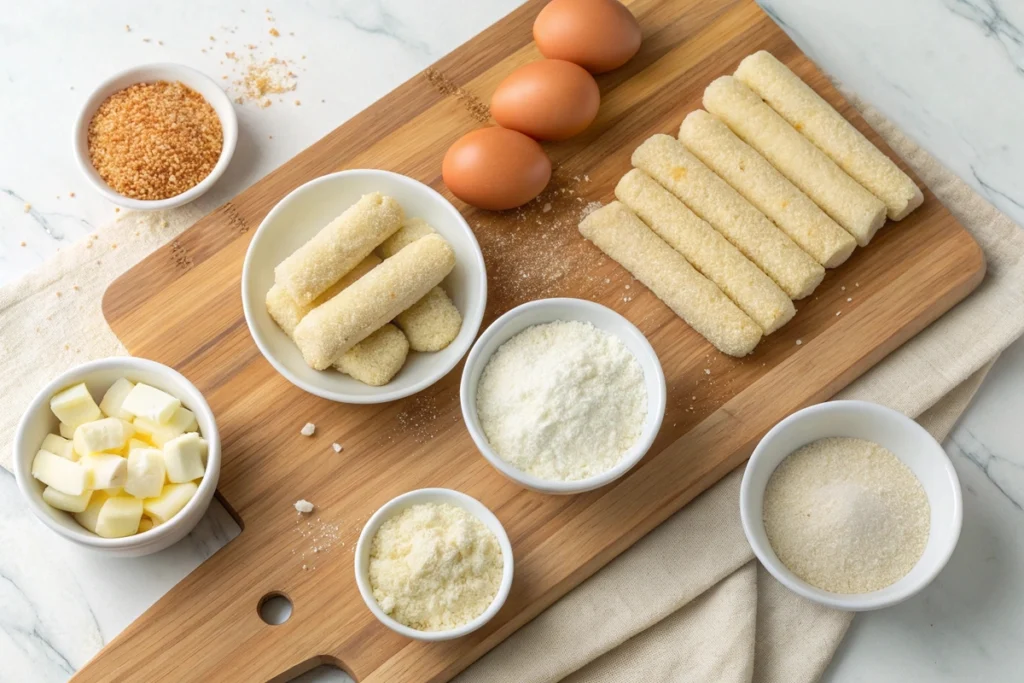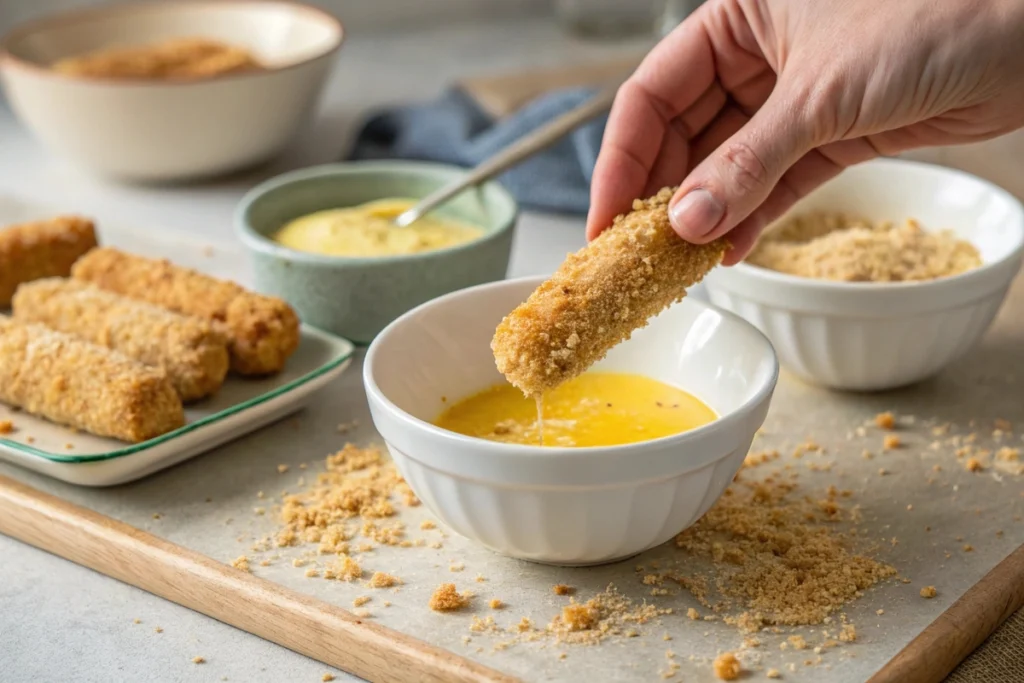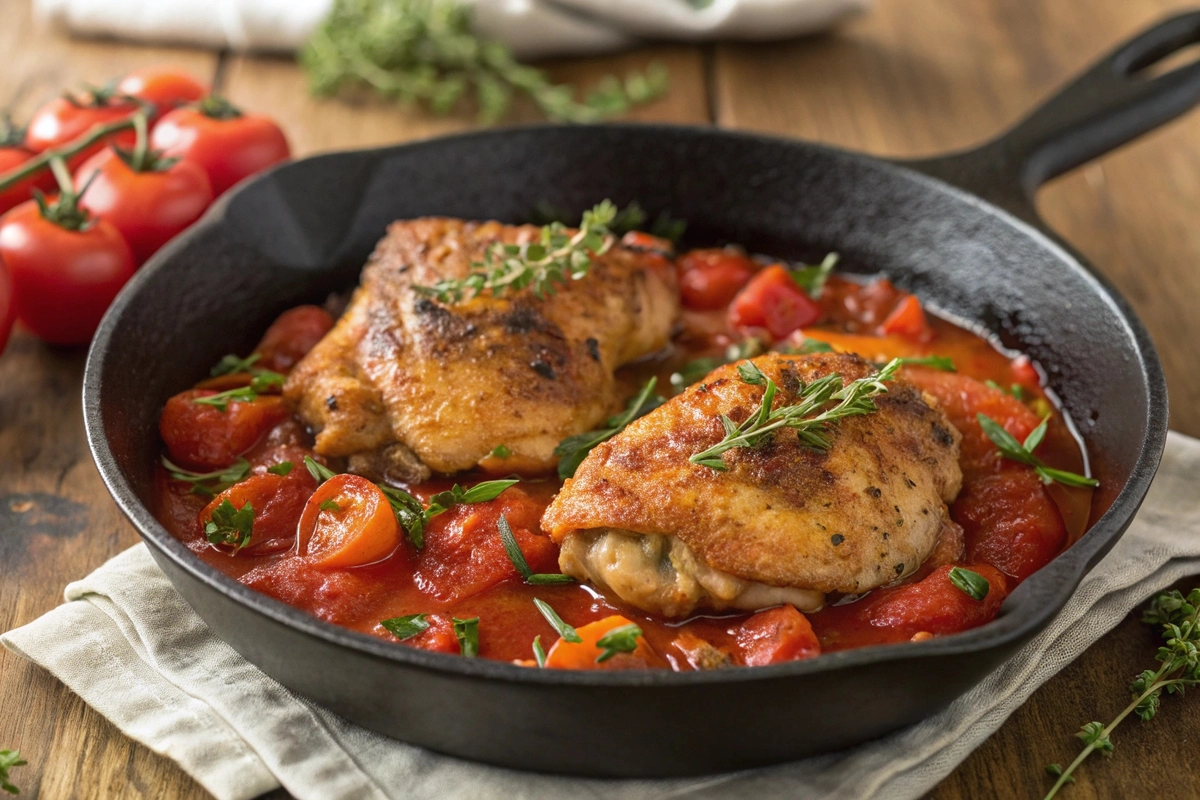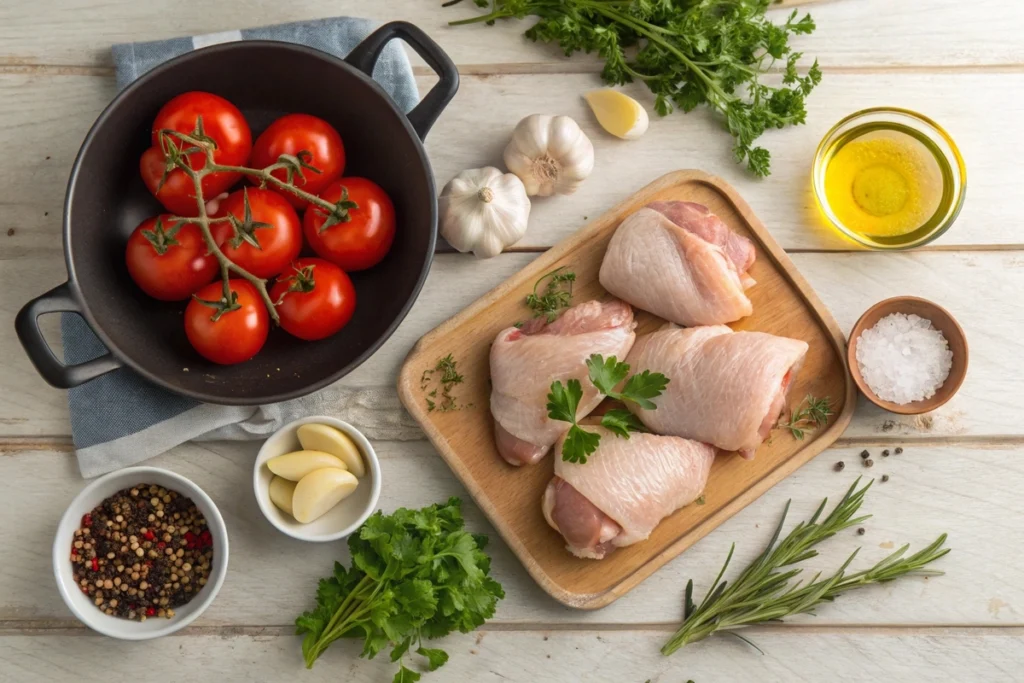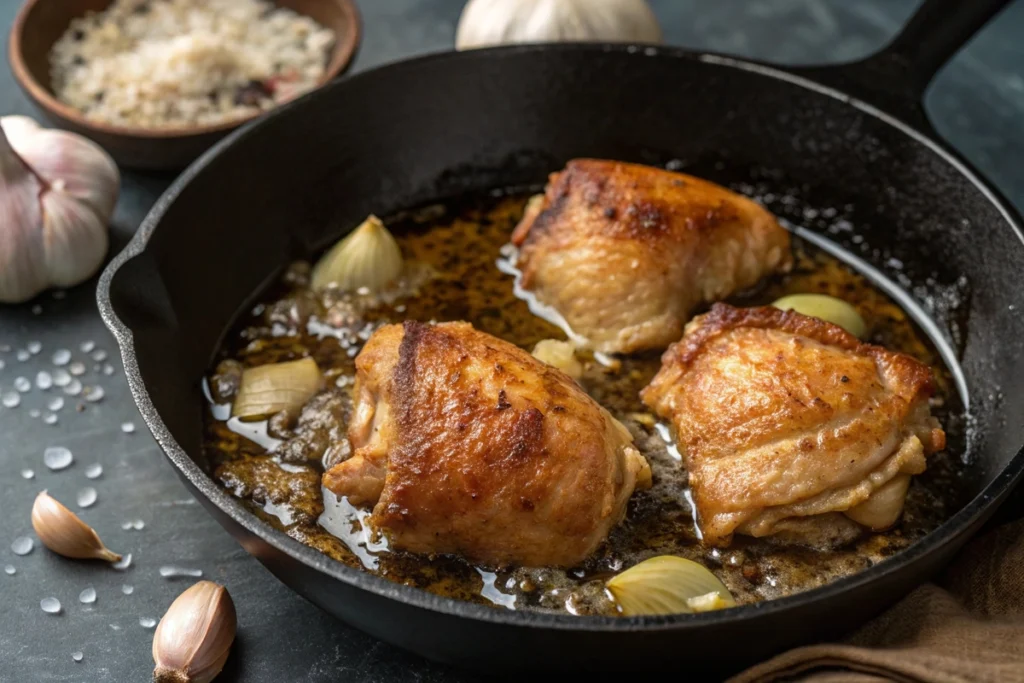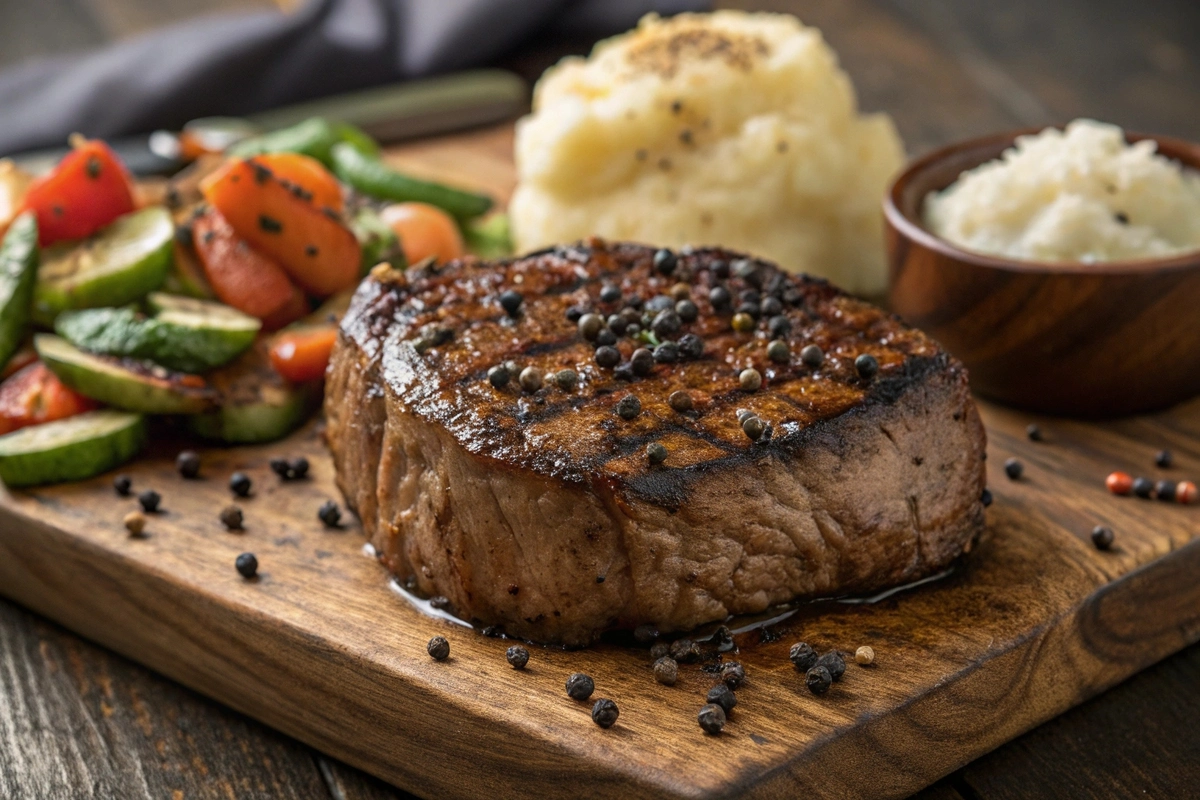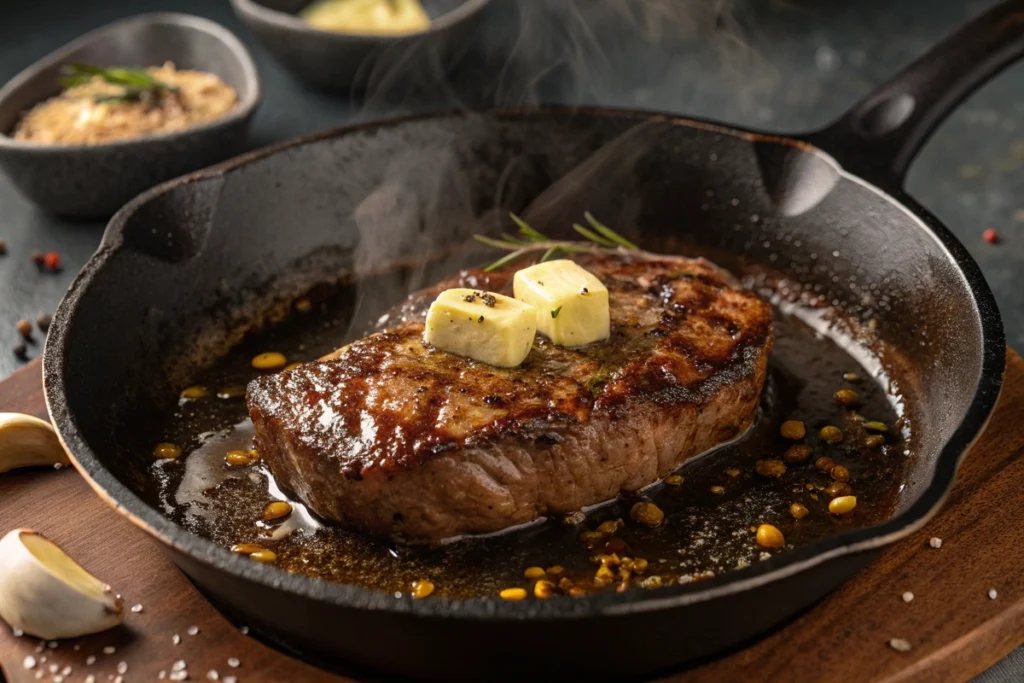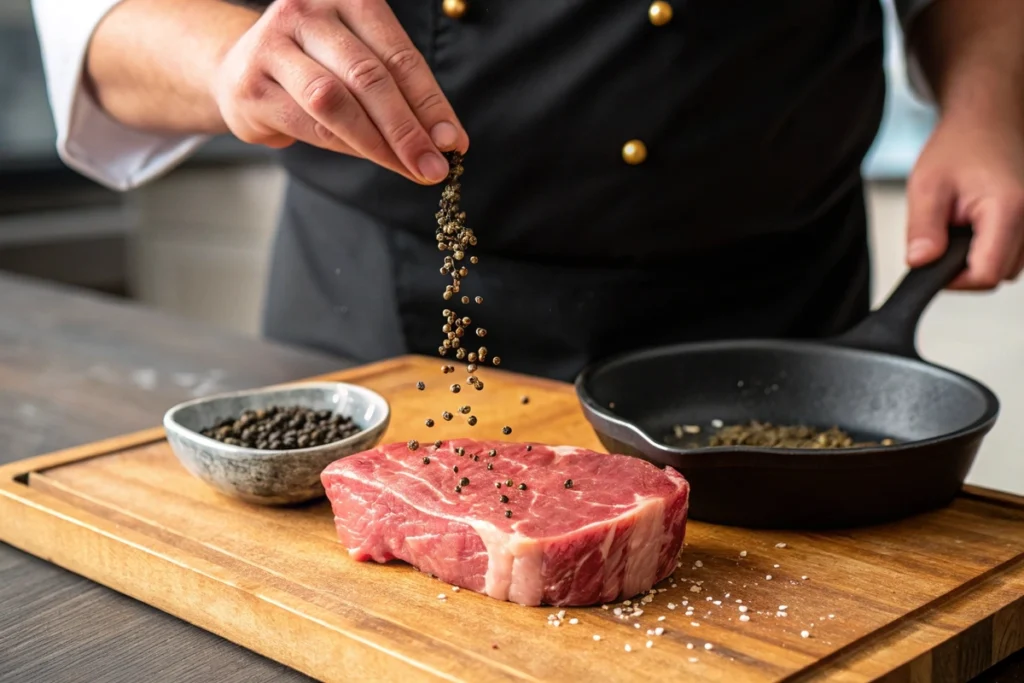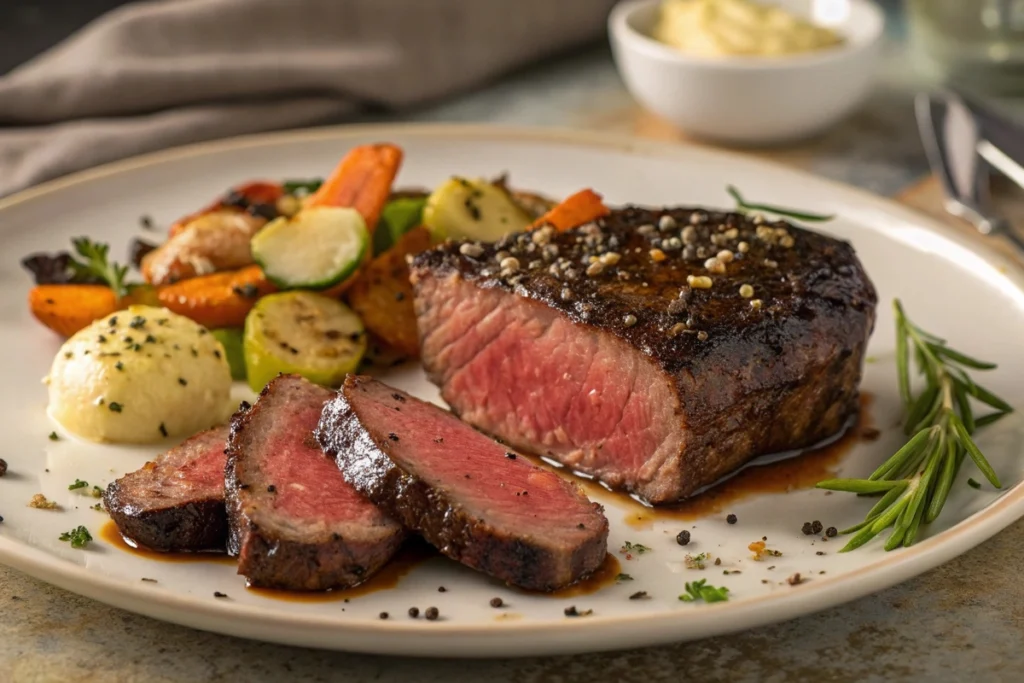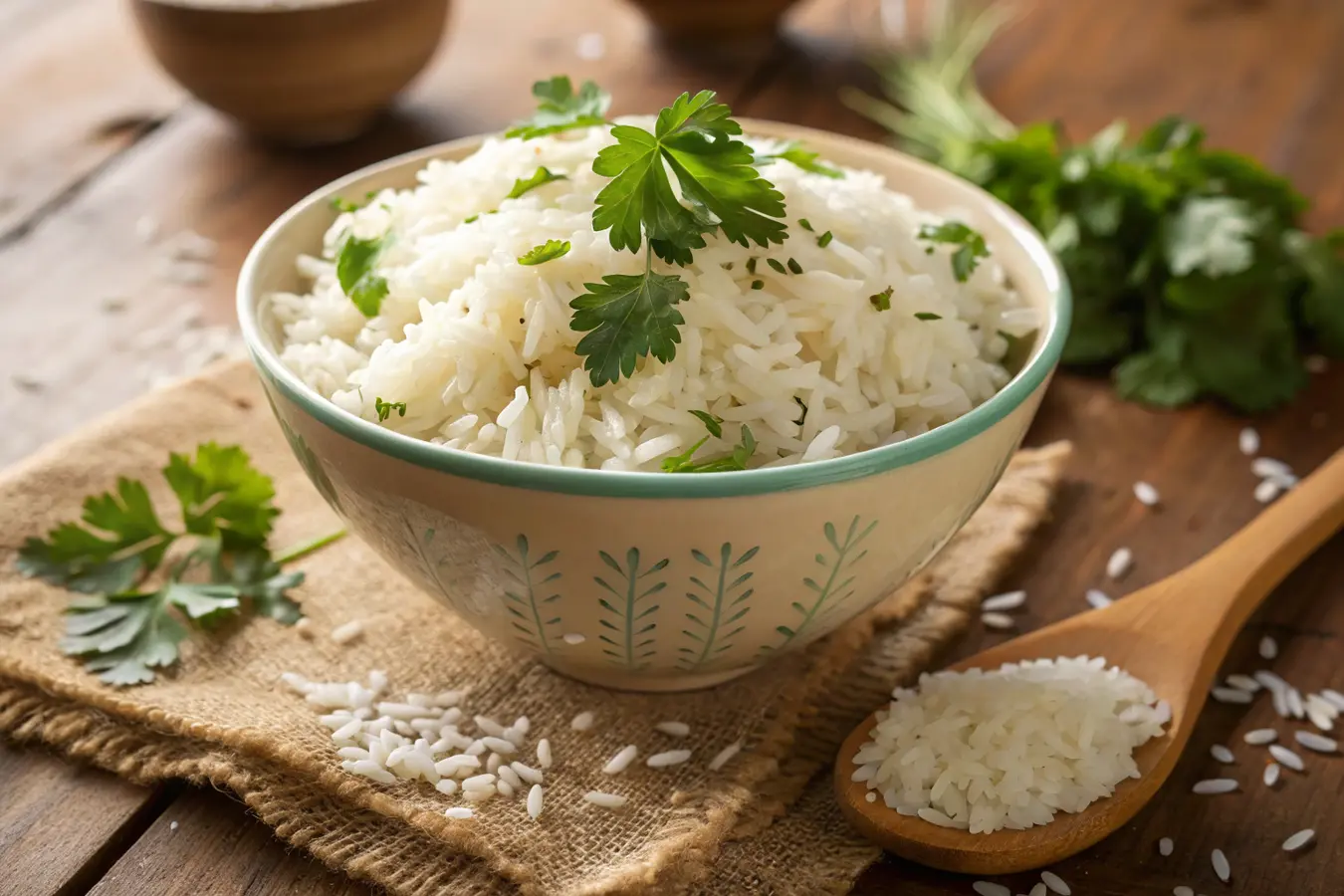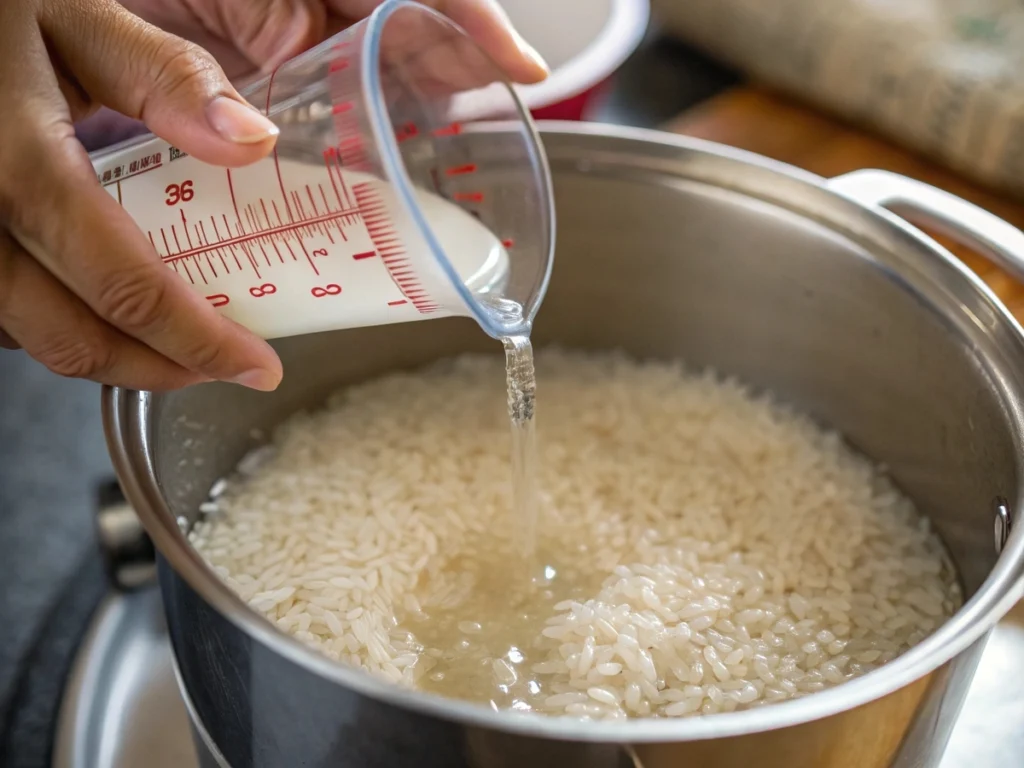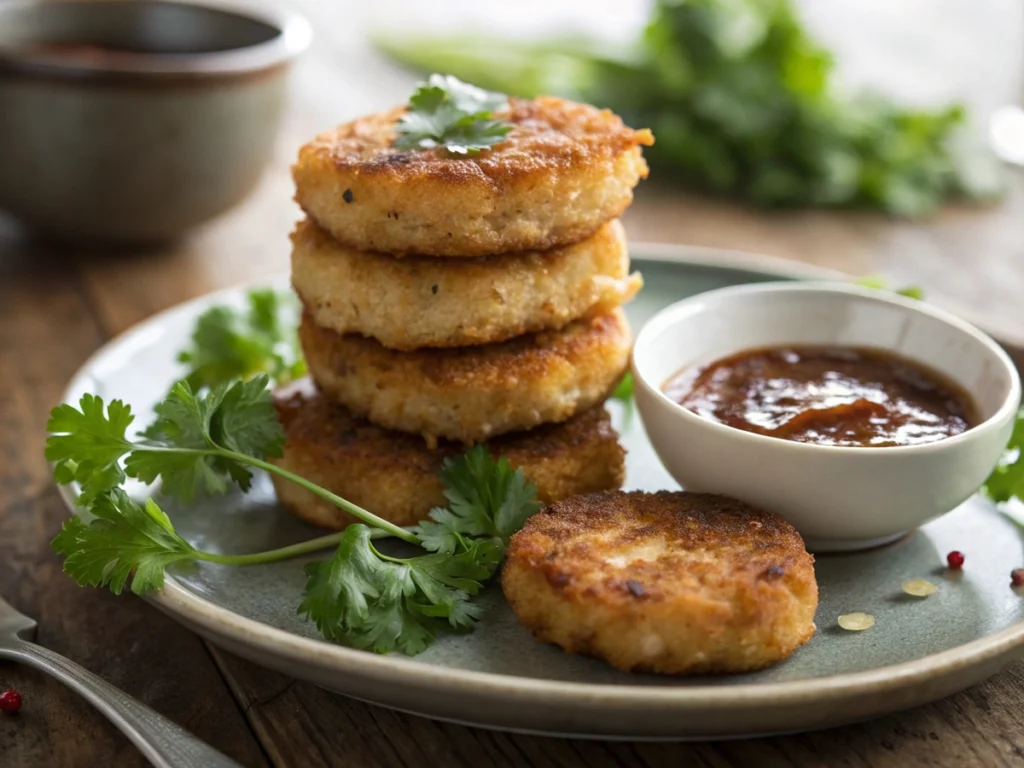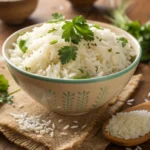This recipe squash and kidney beans will warm your heart and fill your belly. Sweet, tender squash meets rich, earthy kidney beans in a dish that’s brimming with flavor and nutrition. Whether you’re meal-prepping or cooking for the family, this one-pot wonder is as comforting as it is versatile.
Table of Contents
Why You’ll Love This Recipe Squash and Kidney Beans
This recipe squash and kidney beans is a wholesome and delicious way to enjoy a hearty, plant-based meal. Whether you’re looking for something cozy on a chilly evening or a nutritious weeknight dinner, this dish checks all the boxes. Let’s explore what makes it a must-try!
A Nutritious One-Pot Wonder
When it comes to nutrition, this recipe squash and kidney beans is a powerhouse! Squash is packed with vitamins A and C, offering a boost to your immune system while providing natural sweetness. On the other hand, kidney beans are a rich source of protein and fiber, making this dish both satisfying and healthy.
What’s more, combining squash and kidney beans creates a dish that’s ideal for vegetarians, vegans, and anyone aiming to add more plant-based meals to their routine. It’s filling without feeling heavy, and every bite is loaded with flavor.
Perfect for Any Season
Squash is often associated with fall, but this recipe squash and kidney beans can easily be enjoyed year-round. Butternut and acorn squash are perfect choices for cooler months, while zucchini or summer squash can be swapped in during spring and summer for a lighter variation.
Pairing the creamy, tender squash with kidney beans creates a dish that’s warming and hearty during colder seasons, yet adaptable for fresher, brighter flavors when the weather warms up.
Budget-Friendly and Accessible
This recipe squash and kidney beans is as easy on your wallet as it is on your schedule. Squash is affordable when bought in season, and kidney beans—whether dried or canned—are one of the most cost-effective sources of plant-based protein.
Canned beans are a great time-saver, but if you’re working with dried kidney beans, you can cook them in bulk for an even more budget-friendly option. Plus, the recipe doesn’t require any fancy or hard-to-find ingredients, making it accessible for home cooks everywhere.
Customizable for Your Tastes
One of the best parts of this recipe squash and kidney beans is how easily you can make it your own. Want a bit of spice? Add a pinch of chili flakes or cumin. Craving something creamy? Stir in some coconut milk. Need more greens? Toss in kale or spinach toward the end of cooking.
Here are a few ideas to try:
- Mediterranean-inspired: Add diced tomatoes, oregano, and a sprinkle of feta cheese (or a vegan alternative).
- Indian flavors: Mix in curry powder, turmeric, and a splash of coconut milk.
- Hearty stew: Add vegetable broth and simmer until thickened for a rich, soup-like consistency.
Ingredients for Recipe Squash and Kidney Beans
One of the secrets to making a great recipe squash and kidney beans is starting with fresh, wholesome ingredients. In this section, we’ll cover everything you need to create a flavorful, nutritious dish, along with tips to choose and prepare your ingredients.
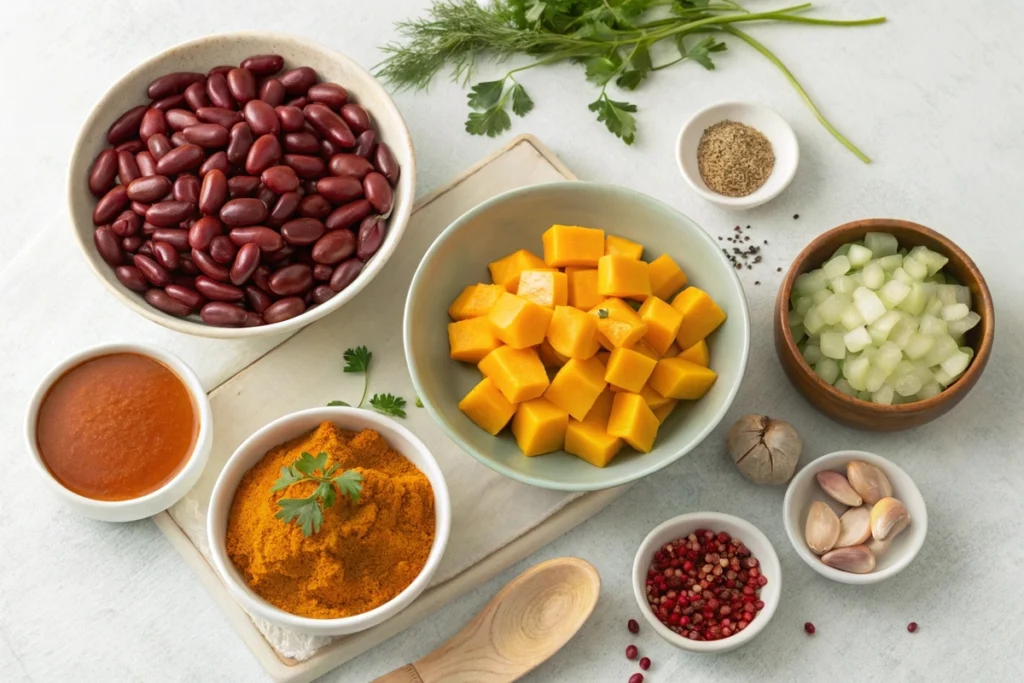
Choosing the Right Squash
Squash is the star of this recipe squash and kidney beans, and picking the right variety makes all the difference. Butternut squash is a fantastic option because of its natural sweetness and creamy texture. Acorn squash and kabocha squash are also great choices if you prefer a nutty flavor.
- Pro Tip: When selecting squash, look for ones that are firm, heavy for their size, and free of blemishes. A ripe butternut squash, for example, will have a matte finish, not a glossy one.
Prepping Kidney Beans
Whether you use canned or dried kidney beans, they’re a key component of this dish. Canned beans save time, but if you’re working with dried beans, follow these steps for best results:
- Soak the beans: Soak dried kidney beans in water overnight to reduce cooking time.
- Cook until tender: Boil the soaked beans for about 45–60 minutes until soft.
- Drain and rinse: Whether canned or cooked from dried, rinse kidney beans thoroughly to remove excess sodium and improve their flavor.
Seasonings and Spices
The flavor of your recipe squash and kidney beans will depend heavily on the seasonings you use. Here’s a simple spice blend to enhance the natural taste of the ingredients:
- Spices: Cumin, paprika, and turmeric create a warm, earthy base.
- Herbs: Fresh thyme, parsley, or a bay leaf can add layers of aroma and flavor.
- Heat: If you enjoy a spicy kick, consider adding chili powder or a pinch of red pepper flakes.
Optional Ingredients for Added Depth
Want to make your recipe squash and kidney beans even more exciting? Try adding some of these optional ingredients:
- Coconut milk: For a creamy, slightly sweet variation.
- Tomatoes: Fresh or canned tomatoes add a tangy balance to the dish.
- Leafy greens: Kale, spinach, or Swiss chard can be stirred in toward the end for extra nutrition.
Step-by-Step Instructions for Recipe Squash and Kidney Beans
Making this recipe squash and kidney beans is a straightforward process, and the result is a comforting, flavorful dish that’s perfect for any occasion. Follow these step-by-step instructions to create a one-pot wonder that’s both hearty and healthy.
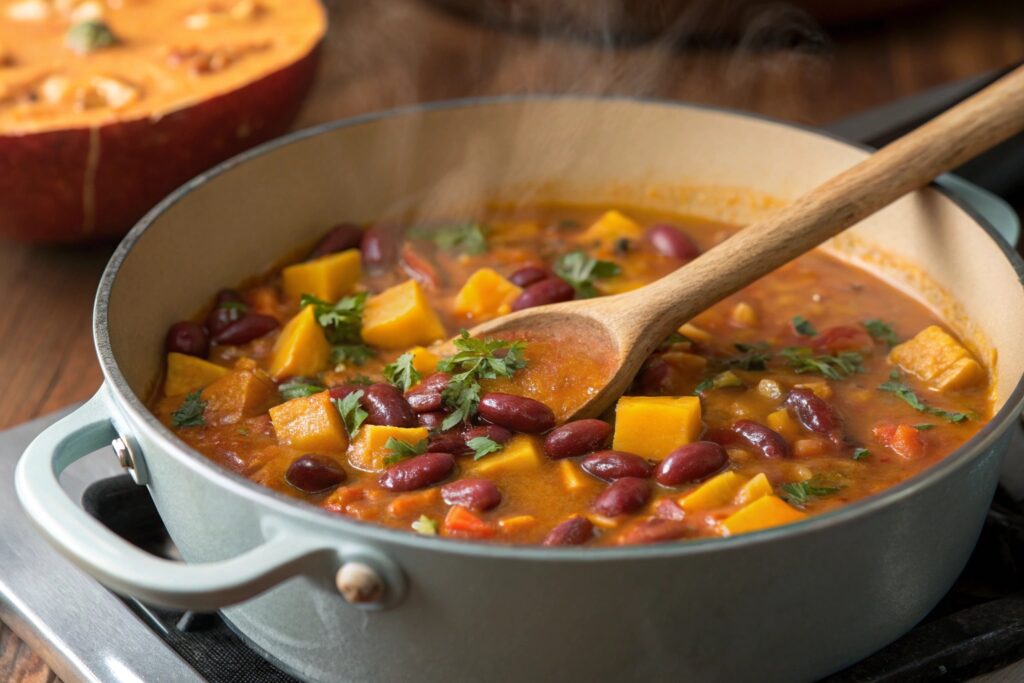
Step 1: Prepare Your Ingredients
Proper preparation is the key to a seamless cooking experience. Start by gathering all your ingredients and prepping them in advance:
- Dice the squash: Peel and cut the squash into evenly sized cubes to ensure they cook at the same rate. Butternut squash is a great option for this step because it’s easy to peel and has a smooth texture.
- Rinse and drain the kidney beans: If you’re using canned beans, rinse them thoroughly to remove excess sodium. If using dried beans, make sure they’re fully cooked and tender.
- Chop aromatics: Dice the onion and mince the garlic to build the flavor base for your recipe squash and kidney beans.
Step 2: Sauté the Aromatics
Building flavor begins with cooking the aromatics. This step lays the foundation for a rich, savory dish.
- Heat 2 tablespoons of olive oil in a large pot or Dutch oven over medium heat.
- Add the chopped onion and cook for 3–4 minutes until it turns translucent. Stir frequently to prevent burning.
- Toss in the minced garlic, followed by your chosen spices (e.g., cumin, paprika, and turmeric). Stir for 30 seconds to toast the spices and release their aroma.
Pro tip: If you enjoy spicy food, add a pinch of red chili flakes or cayenne pepper at this stage.
Step 3: Cook the Squash
Once your aromatics are fragrant, it’s time to cook the squash, which is the heart of this recipe squash and kidney beans.
- Add the diced squash to the pot and stir it into the sautéed aromatics, coating it with the flavorful oil and spices.
- Pour in 2 cups of vegetable broth or water, ensuring the squash is partially submerged.
- Bring the mixture to a gentle boil, then reduce the heat to low. Cover the pot and let it simmer for 15–20 minutes, or until the squash is tender enough to pierce with a fork.
For a stew-like texture, allow some of the broth to reduce. If you prefer a creamier consistency, mash a few squash pieces with the back of your spoon.
Step 4: Add the Kidney Beans and Simmer
The final step in this recipe squash and kidney beans is to incorporate the kidney beans and let the flavors meld together.
- Stir in 2 cups of cooked or canned kidney beans, ensuring they’re evenly distributed throughout the dish.
- Let the mixture simmer for another 10–15 minutes, allowing the beans to absorb the rich flavors of the squash and spices.
- Taste and adjust the seasoning with salt, black pepper, or additional spices as needed.
If you’re looking for a creamier texture, consider stirring in ½ cup of coconut milk during the last few minutes of cooking.
Tips and Tricks for the Perfect Recipe Squash and Kidney Beans
Mastering the art of cooking recipe squash and kidney beans comes down to a few key tips and techniques. These will help you bring out the best flavors and textures, ensuring your dish is as satisfying as possible.
Choose the Right Squash for Your Recipe
When it comes to this recipe squash and kidney beans, the type of squash you choose can make a big difference. Butternut squash is a favorite because it becomes creamy and slightly sweet when cooked, pairing beautifully with the earthy flavor of kidney beans.
- For sweeter flavors: Use butternut or kabocha squash.
- For a nutty taste: Acorn squash or delicata squash are great options.
- For convenience: Pre-cubed butternut squash is an excellent time-saver, especially for busy weeknights.
No matter which type you use, make sure to cut the squash into even pieces for uniform cooking.
Season and Layer Flavors Properly
The key to a flavorful recipe squash and kidney beans is building layers of seasoning. Start with a base of sautéed onions and garlic, then add spices like cumin, paprika, and turmeric to infuse the dish with warmth and depth.
- Don’t skip the toasting step: Cooking the spices in oil for a few seconds releases their full aroma.
- Adjust spice levels to suit your taste: If you prefer a kick of heat, add cayenne or red pepper flakes.
- Add a touch of acidity: A squeeze of lemon or a splash of vinegar at the end can brighten the flavors and balance the richness of the squash and beans.
Make It Creamy or Chunky to Suit Your Preference
This recipe squash and kidney beans is incredibly versatile when it comes to texture. You can keep it chunky or make it creamy based on your preferences:
- For a chunky stew, let the squash soften naturally and leave it whole.
- For a creamy consistency, mash a portion of the cooked squash or blend a cup of the mixture, then stir it back into the pot.
- Want a richer dish? Add coconut milk or a dollop of plain yogurt just before serving.
No matter the texture, the dish is sure to be satisfying and hearty.
Serving Suggestions for Every Occasion
This recipe squash and kidney beans is a one-pot wonder, but how you serve it can transform the dining experience:
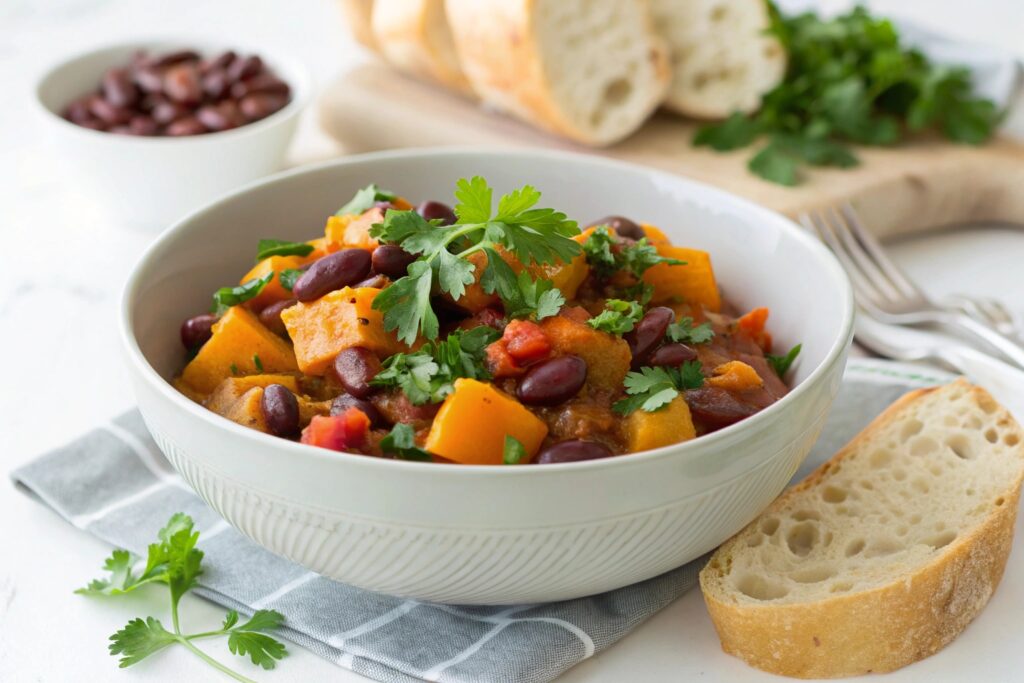
- As a main dish: Serve it in bowls, garnished with fresh parsley or cilantro, alongside a slice of crusty bread for dipping.
- Over grains: Spoon it over rice, quinoa, or couscous for a more filling meal.
- With sides: Pair it with a green salad or roasted vegetables for a balanced dinner.
- For meal prep: Divide the dish into airtight containers for an easy, reheatable lunch throughout the week.
For more creative dinner recipes that bring both flavor and convenience to your table, check out our Burger Bowl Recipe.
FAQs
How do you know when kidney beans are cooked enough?
You can tell kidney beans are fully cooked when they’re soft and tender but still hold their shape. To test, gently press one bean between your fingers or use a fork it should mash easily without feeling tough or grainy. Properly cooked beans will enhance the texture and flavor of your recipe squash and kidney beans.
How long do kidney beans take to cook?
If you’re using dried kidney beans, they usually take 45–60 minutes to cook after soaking them overnight. The cooking time can vary depending on the bean’s size and age. For canned kidney beans, they are already cooked and only need to be rinsed and reheated for about 5–10 minutes, making them perfect for quick meals like recipe squash and kidney beans.
Can canned kidney beans be eaten cold?
Yes, canned kidney beans are safe to eat cold straight out of the can. They are pre-cooked during the canning process, so you can enjoy them in salads, dips, or even as a topping for your recipe squash and kidney beans. Be sure to rinse canned beans thoroughly to remove excess sodium or preservatives before eating.
What happens if you don’t cook kidney beans properly?
If kidney beans aren’t cooked properly, they can cause stomach discomfort due to a natural toxin called phytohaemagglutinin (lectin). Undercooked beans, especially those that have been boiled for less than 10 minutes, can cause nausea or other digestive issues. Always ensure dried kidney beans are soaked, boiled for at least 10 minutes, and fully cooked to make your recipe squash and kidney beans safe and enjoyable.
Conclusion
This recipe squash and kidney beans brings together wholesome ingredients, rich flavors, and a comforting texture in a dish that’s both versatile and nutritious. Whether you’re preparing it for a cozy dinner, meal prep, or a family gathering, this recipe is sure to satisfy. By following the simple tips and techniques shared throughout this guide, you’ll create a flavorful, hearty dish that’s perfect for any occasion.
Print
Recipe squash and kidney beans
- Total Time: 40 minutes
- Yield: 4 servings 1x
Description
This hearty and healthy recipe squash and kidney beans combines creamy squash, protein-packed kidney beans, and flavorful spices in one comforting dish. It’s perfect for a quick dinner, meal prep, or a cozy night in.
Ingredients
For the Base:
- 2 cups diced butternut squash (or acorn squash)
- 1 cup cooked kidney beans (or 1 can, drained and rinsed)
- 1 medium onion, diced
- 3 garlic cloves, minced
- 2 cups vegetable broth (or water)
- 1 tablespoon olive oil
Spices and Seasonings:
- 1 teaspoon cumin
- 1 teaspoon paprika
- ½ teaspoon turmeric
- ½ teaspoon salt (adjust to taste)
- ¼ teaspoon black pepper
- 1 bay leaf
Optional Add-ins:
- ½ cup canned tomatoes or diced fresh tomatoes
- ¼ cup coconut milk for creaminess
- 2 cups fresh spinach or kale
Garnish:
- Fresh parsley or cilantro (chopped)
Instructions
-
Prepare Ingredients: Peel and dice the squash into bite-sized cubes. Rinse canned kidney beans or prepare dried beans by soaking and boiling them until tender.
-
Cook Aromatics: Heat olive oil in a large pot or Dutch oven over medium heat. Sauté the diced onion for 3–4 minutes until softened. Add the minced garlic and cook for another minute.
-
Toast Spices: Stir in cumin, paprika, turmeric, and black pepper. Toast the spices in the oil for 30 seconds to release their flavors.
-
Add Squash and Broth: Add the diced squash to the pot and stir to coat it in the spices. Pour in the vegetable broth and add the bay leaf. Bring to a gentle boil, then reduce heat to low. Cover and simmer for 15–20 minutes, or until the squash is tender.
-
Add Kidney Beans and Simmer: Stir in the kidney beans and optional ingredients like tomatoes or spinach. Simmer for another 10–15 minutes to let the flavors meld. If using coconut milk, stir it in during the last 5 minutes of cooking.
-
Adjust Seasoning: Taste and adjust salt or spices as needed. Remove the bay leaf before serving.
-
Serve: Ladle the squash and kidney beans into bowls. Garnish with fresh parsley or cilantro and serve with crusty bread, rice, or quinoa.
Notes
- Make It Spicy: Add chili flakes or cayenne pepper for extra heat.
- Texture Tip: Mash some of the squash to thicken the broth naturally.
- Storage: Store leftovers in an airtight container in the fridge for up to 3 days. Reheat on the stovetop or in the microwave.

